'Stand up and fight': Albanian women footballers break taboos
Football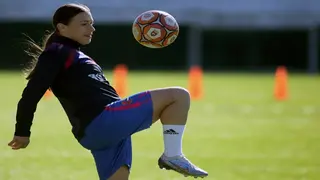
The Jiu-Jitsu belt ranking system symbolises the student's growing expertise and practical skill within the art. Although the Brazilian system incorporates minor variations from Judo, such as a distinction between children and adults and the awarding of stripes and degrees, the ranking system's roots are in the judo belt-rank system.
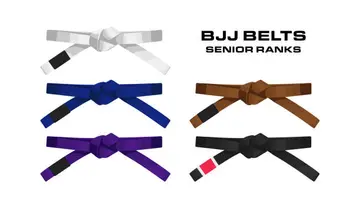
Jiu-Jitsu is a combat sport and martial art focusing on grappling, ground combat, and submission holds for self-defence. It emphasises taking an opponent to the ground, taking control of the situation, and employing a variety of moves to subdue the opponent using joint locks or chokeholds.
Each student starts with white. Jiu-Jitsu rankings are not necessarily consistent worldwide, and every gym may have its own standards, time, and requirements for advancing through the belts.
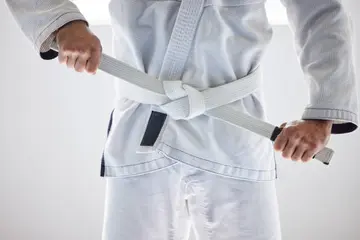
The white is the first in Brazilian and Japanese Jiu-Jitsu belt ranking systems. There are no requirements for the rank that any newcomer can hold in the art.
'Stand up and fight': Albanian women footballers break taboos
Football
Since a white one frequently fights from deficient positions, especially when training with more experienced practitioners, some instructors and high-level practitioners believe that a white's training should emphasise escapes and defensive positioning. Most academies will also demand that this level of practitioner develop a diverse skill set and be familiar with fundamental offensive techniques like common submissions and guard passes.
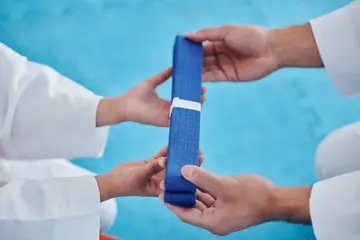
Blue belt is the second in the Brazillian Jiu-Jitsu (BJJ) order. At the blue level, students will broaden their technical knowledge and start spending long periods of time on the mat, perfecting these moves.
Some people find the blue level very challenging because there are so many different techniques to learn. Before beginning in the adult BJJ system, most gyms require the student to be at least 16 years old and stay on the blue level for at least two years.

The intermediate adult rank in Brazilian jiu-jitsu is the purple belt. Practitioners at the purple level have amassed a wealth of knowledge, and this level is frequently trusted to assist in teaching students of lower ranks.
Premier Soccer League and SAFA start fighting over VAR implementation
Football
To qualify for a purple level, students must be at least 16 years old and should have held a blue level for at least two years; there are slightly different requirements for those who move up directly from the youth levels. Prior to receiving a brown level, an International Brazilian Jiu-Jitsu Federation (IBJJF) practitioner must hold a purple one for at least 18 months.
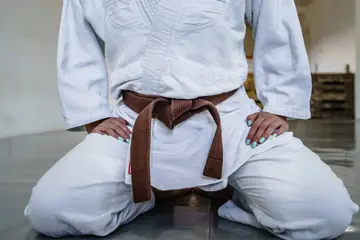
In Brazilian Jiu-Jitsu, the brown is the highest-ranking colour belt, in addition to the exceptional belts awarded at the highest levels. Usually, it takes at least five years of consistent training to obtain a brown level. It is frequently considered a period for improving methods.
To be eligible for a brown one, students must be at least 18 years old and have held a purple status for at least 18 months, according to the IBJJF. A practitioner must maintain their brown status for at least a year.
France coach Diacre under pressure as tensions grow ahead of Women's World Cup
Football
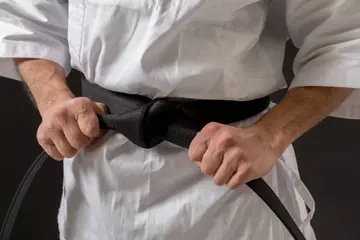
A black belt in Brazilian Jiu-Jitsu indicates a high technical and applied proficiency level. Students must be at least 19 years old and have held a brown status for at least a year in order to advance to this level in the BJJ system.
Similar to the dan system in Japanese martial arts, nine different levels of proficiency are beyond the black level. A coral belt is used to indicate the seventh and eighth degrees that the student has reached, and a red one is used to indicate the ninth degree.
An alternating red-and-black, akin to the one attained at the sixth degree in Judo, is given to Brazilian jiu-jitsu black owners when they reach the seventh degree. This belt is popularly referred to as the coral.
Coral belts are highly accomplished practitioners who, for the most part, have had a significant influence on Brazilian Jiu-Jitsu. They are frequently referred to as masters within the discipline. A practitioner must hold a black and red status for at least seven years before earning the coral ranking.
Ranked! Osimhen, Kudus, Moffi amid the top 5 most in-form African players
Football
The transition between the seventh-degree and eighth-degree black belt has recently been changed by the International Brazilian jiu-jitsu Federation's graduation rules. The transition is mentioned in detail in Section 1.3.4 of the IBJJF General System of Graduation on page 6.
A practitioner will don a red and white status if they have attained the rank of eighth-degree black belt. A practitioner must hold both a white and red level for at least ten years.
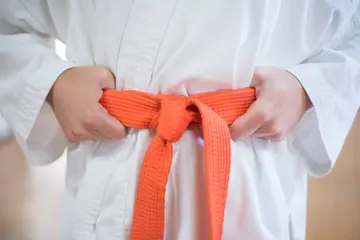
The 9th-degree red is the highest-ranking belt in Jiu-Jitsu. The red status in the Brazilian category is saved "for those whose influence and fame take them to the pinnacle of the art," according to Renzo & Royler Gracie. It is awarded in lieu of a ninth and tenth-degree black belt.
The earliest a practitioner could anticipate receiving a ninth-degree red status would be at the age of 67 if they received their black level at the age of 19. The red holders are frequently referred to as grandmasters within the discipline.
50+1: German FA strengthens member-ownership rules
Football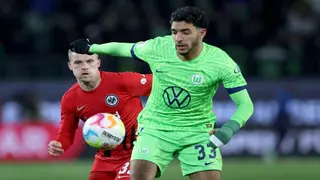
The majority of schools start students with a white, though a few starts with a red first before moving on to a white one. The order is typically white belt, followed by yellow, orange, green, blue, brown, and black in most schools. There are two classifications: Kyu degrees and Dan degrees (black belt level).
Bayern need 'emotion and greed' to hit heights, says Nagelsmann
Football
Numerous academies also award stripes as a means of intra-belt recognition of improvement and skill in addition to the Jiu-Jitsu ranking. Students have the chance to earn up to typically four stripes on their belt within each, signifying advancement within that level. The total number of stripes attained provides a measure of the student's proficiency in relation to the entire curriculum for that level.
READ ALSO: Taekwondo vs Karate: What are the main differences and similarities?
Sports Brief has published an article about Taekwondo vs Karate. They are two popular and widely practised forms of martial arts. In fact, they are both now Olympic sports due to their immense popularity.
Training them will improve many aspects of your life, including self-control, physical fitness, and humility. Click the above link to read more!